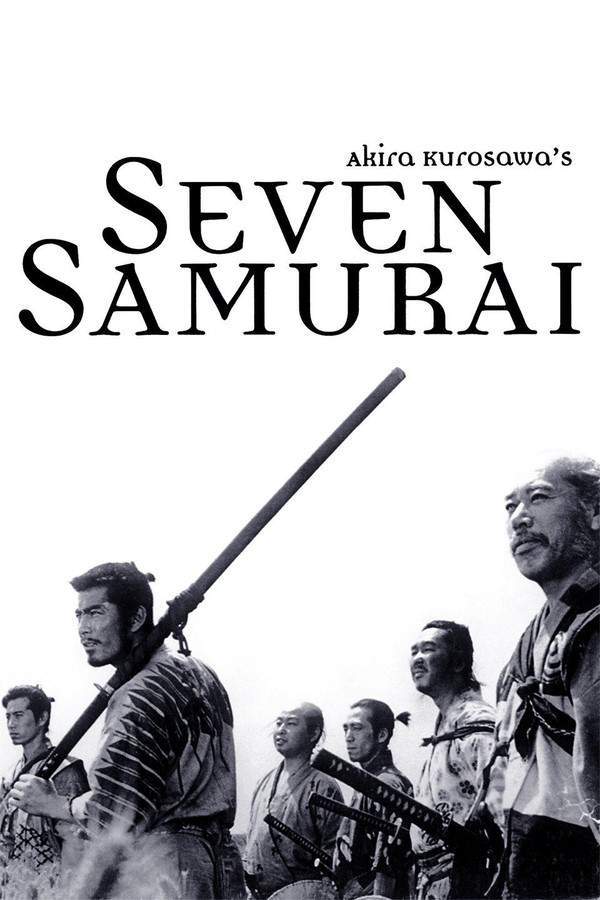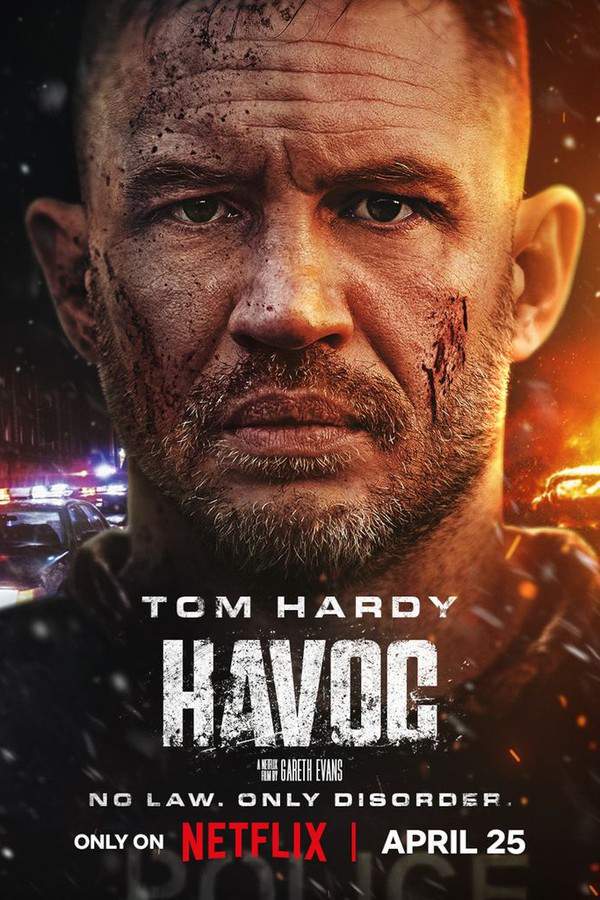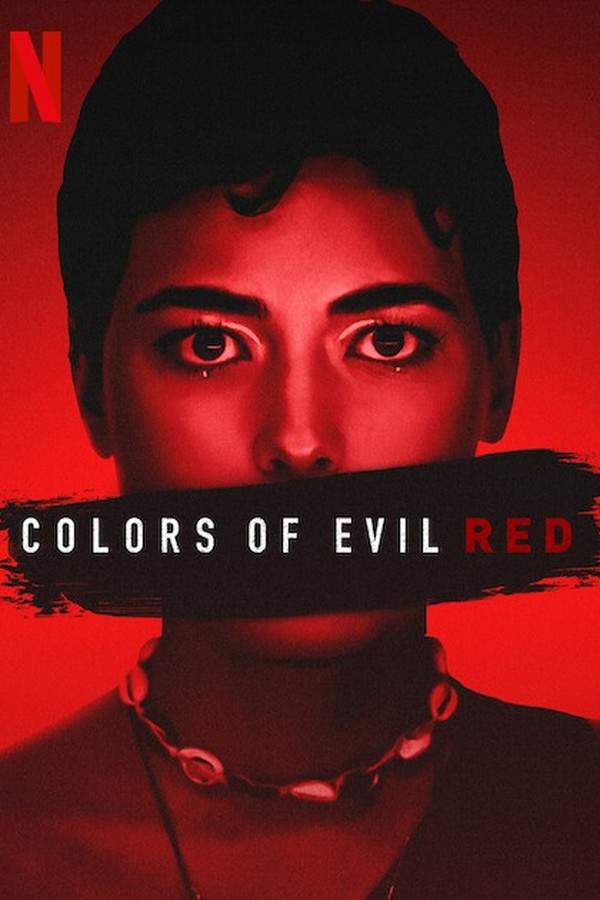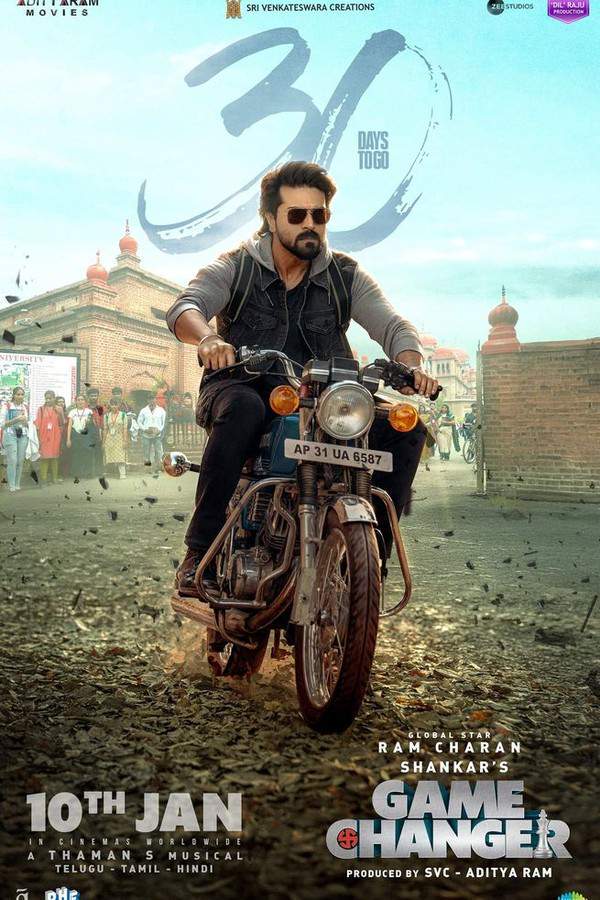
Sword of Desperation
Year: 2010
Runtime: 114 mins
Language: Japanese
Director: Hideyuki Hirayama
Kanemi Sanzaemon, a skilled Edo swordsman, once killed Renko, the corrupt mistress of daimyo Tabu Ukyou. Given a lenient sentence, he returns after a year to find his wife Mutsue dead and cares for her niece Satoo, whose secret love eases his despair. Developing a “bird‑catching” sword style, Kanemi faces the feared Hayatonosho Obiya.
Warning: spoilers below!
Haven’t seen Sword of Desperation yet? This summary contains major spoilers. Bookmark the page, watch the movie, and come back for the full breakdown. If you're ready, scroll on and relive the story!
Sword of Desperation (2010) – Full Plot Summary & Ending Explained
Read the complete plot breakdown of Sword of Desperation (2010), including all key story events, major twists, and the ending explained in detail. Discover what really happened—and what it all means.
Lord Ukyo is a powerful Edo-era daimyō who commands a formidable court. In the courtyard of his palace, a Noh play unfolds, its story of a fox spirit echoing the themes of appearance and treachery that will soon dominate the day’s events. The performance ends, and the courtiers bow in respect as Ukyo and his family, including his favored concubine Lady Renko, begin to disperse. In a sudden act that shatters the ceremony, a samurai named Sanzaemon Kanemi draws his tantō and murders Renko, a crime that throws the whole court into disarray.
Kanemi is quickly taken into custody. Despite the expectation that a killer who felled a lord’s consort would face death, Ukyo sentences him instead to a year under house arrest. Kanemi’s estate is sealed off, guarded by soldiers, while his wife’s memory lingers in the background. His only caregiver is his young niece, Rio, who has remained at his side since her aunt’s death years earlier. As the harsh months pass, Kanemi contemplates the crime and the murky forces that propelled it. Flashbacks illuminate the controversy around [Lady Renko], who had tangled with senior officials—most notably Ukyo’s chief advisor Tsuda—over fiscal and political lines. Renko pressed for lavish spending despite famine and pushed for higher taxes on farmers, diverting funds to renovate a decrepit temple controlled by her family. Her actions drew the ire of many, including the stern military commander Obiya, who believed her interference endangered the clan, and Hayatonosho Obiya’s protests reveal the growing unease at court.
In time, Tsuda sees a path forward. He engineers a plan to remove Renko’s influence by directing Kanemi to assassinate her, and then personally persuades Ukyo to spare Kanemi’s life, rewarding Tsuda with a higher rank for managing the delicate crisis. After a year, Kanemi is released and assigned as Ukyo’s bodyguard, a position that Ukyo accepts with reluctance. Tsuda’s scheme, however, runs deeper: Obiya has grown disillusioned with Ukyo’s rule and intends to replace him with a rival lord of his own choosing. Kanemi becomes a pawn in a larger game, selected for his famed “Sword of Desperation”—a technique he devised that can deliver a decisive, unblockable blow only if the user has first reached a state of half-death, a condition Tsuda fails to fully grasp.
Meanwhile, Kanemi attempts to steer Rio toward a conventional match, arguing that she must marry and leave him. Yet Rio confesses her genuine affection for her uncle and pleads to stay. One night, Kanemi visits Rio in secret, and their bond deepens into a forbidden intimacy. Before long, he orders Rio to go to a remote village and wait, promising that once his duties to the court are fulfilled, he will return for her.
The political tension comes to a head when Obiya arrives at the palace and forces his way past the guards, pressing Ukyo to step down. Kanemi confronts him in a brutal duel, managing to pin Obiya’s sword against a wall and deliver a fatal stab. But Tsuda reveals himself from the shadows with dozens of samurai, declaring Kanemi a traitor and ordering his execution. A second flashback exposes Tsuda’s deal with Ukyo: after Kanemi has eliminated Obiya, Tsuda will ensure that Kanemi is killed for Renko’s murder.
Kanemi refuses to harm his fellow samurai, fighting back with stubborn resolve as he is grievously wounded. He crawls toward Tsuda, bleeding and exhausted, when a blade pierces his shoulder and he seems to die. Tsuda approaches with a calm certainty, only for Kanemi to spring to life and unleash the final, fateful strike of the Sword of Desperation, killing Tsuda. Ukyo panics as the palace erupts into chaos, and Ukyo’s samurai close in, stabbing Kanemi as he kneels in a quiet moment of peace. The life drains from him, but the story’s lingering image is not tragedy alone—it is the quiet, resolute hope of Rio, holding Kanemi’s infant son in her arms and waiting for the fated return that the tale’s events have promised.
Last Updated: October 09, 2025 at 16:58
Explore Movie Threads
Discover curated groups of movies connected by mood, themes, and story style. Browse collections built around emotion, atmosphere, and narrative focus to easily find films that match what you feel like watching right now.
Fatalistic Samurai Tragedies like Sword of Desperation
Stories of honor-bound warriors navigating a corrupt and oppressive system.If you liked the oppressive political intrigue and tragic heroism of Sword of Desperation, explore more movies about honor-bound warriors facing impossible choices. These films share a dark tone, heavy emotional weight, and a focus on the personal cost of duty in a corrupt world.
Narrative Summary
Narratives in this thread typically follow a skilled warrior who is manipulated by a powerful, corrupt system. Their personal code of honor conflicts with the immoral tasks they are forced to undertake, leading to a cycle of betrayal, revenge, and a final, often sacrificial, confrontation that offers a glimmer of hope amidst the tragedy.
Why These Movies?
Movies are grouped here for their shared focus on a doomed warrior archetype, a gritty and oppressive historical setting, and a tone that balances dark political machinations with the heavy emotional weight of personal sacrifice and a bittersweet sense of legacy.
Movies about Moral Desperation like Sword of Desperation
Protagonists forced into extreme actions by a broken and manipulative system.For viewers who appreciated the complex moral landscape of Sword of Desperation, this collection highlights films where characters make heavy choices under extreme pressure. These stories are tense, emotionally heavy, and explore the gray areas of survival and honor within corrupt systems.
Narrative Summary
The narrative pattern involves a protagonist who is relatively upright but becomes ensnared in a web of corruption. They are coerced or manipulated into committing acts that violate their own ethics, leading to a internal and external struggle. The plot is a steady build towards a climactic choice or confrontation that defines their legacy, often leaving them scarred but having reclaimed a shred of personal agency.
Why These Movies?
These films are united by their exploration of morality under duress. They share a high-intensity, tense atmosphere, a dark tone, and a focus on how systemic corruption forces individuals into desperate, life-altering decisions, resulting in a heavy emotional impact.
Unlock the Full Story of Sword of Desperation
Don't stop at just watching — explore Sword of Desperation in full detail. From the complete plot summary and scene-by-scene timeline to character breakdowns, thematic analysis, and a deep dive into the ending — every page helps you truly understand what Sword of Desperation is all about. Plus, discover what's next after the movie.
Sword of Desperation Timeline
Track the full timeline of Sword of Desperation with every major event arranged chronologically. Perfect for decoding non-linear storytelling, flashbacks, or parallel narratives with a clear scene-by-scene breakdown.

Characters, Settings & Themes in Sword of Desperation
Discover the characters, locations, and core themes that shape Sword of Desperation. Get insights into symbolic elements, setting significance, and deeper narrative meaning — ideal for thematic analysis and movie breakdowns.

Sword of Desperation Spoiler-Free Summary
Get a quick, spoiler-free overview of Sword of Desperation that covers the main plot points and key details without revealing any major twists or spoilers. Perfect for those who want to know what to expect before diving in.

More About Sword of Desperation
Visit What's After the Movie to explore more about Sword of Desperation: box office results, cast and crew info, production details, post-credit scenes, and external links — all in one place for movie fans and researchers.






























